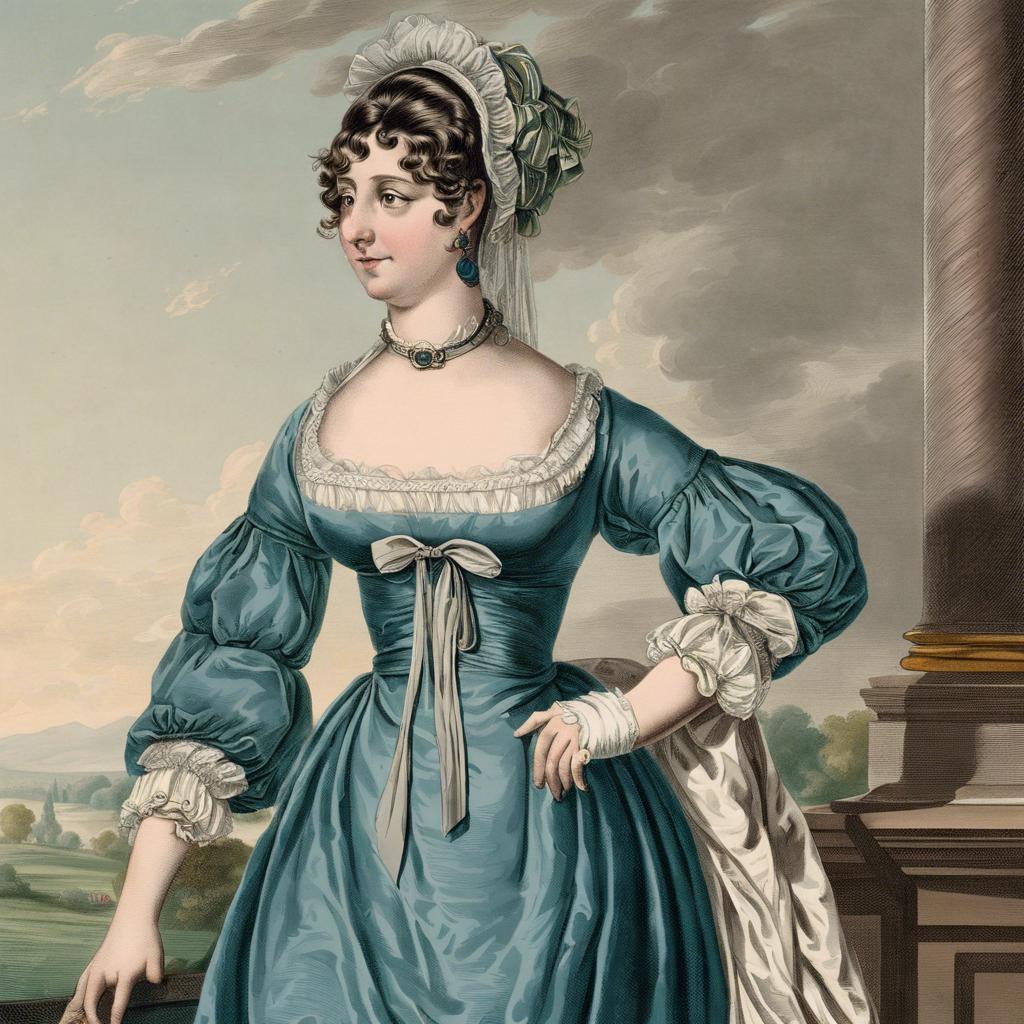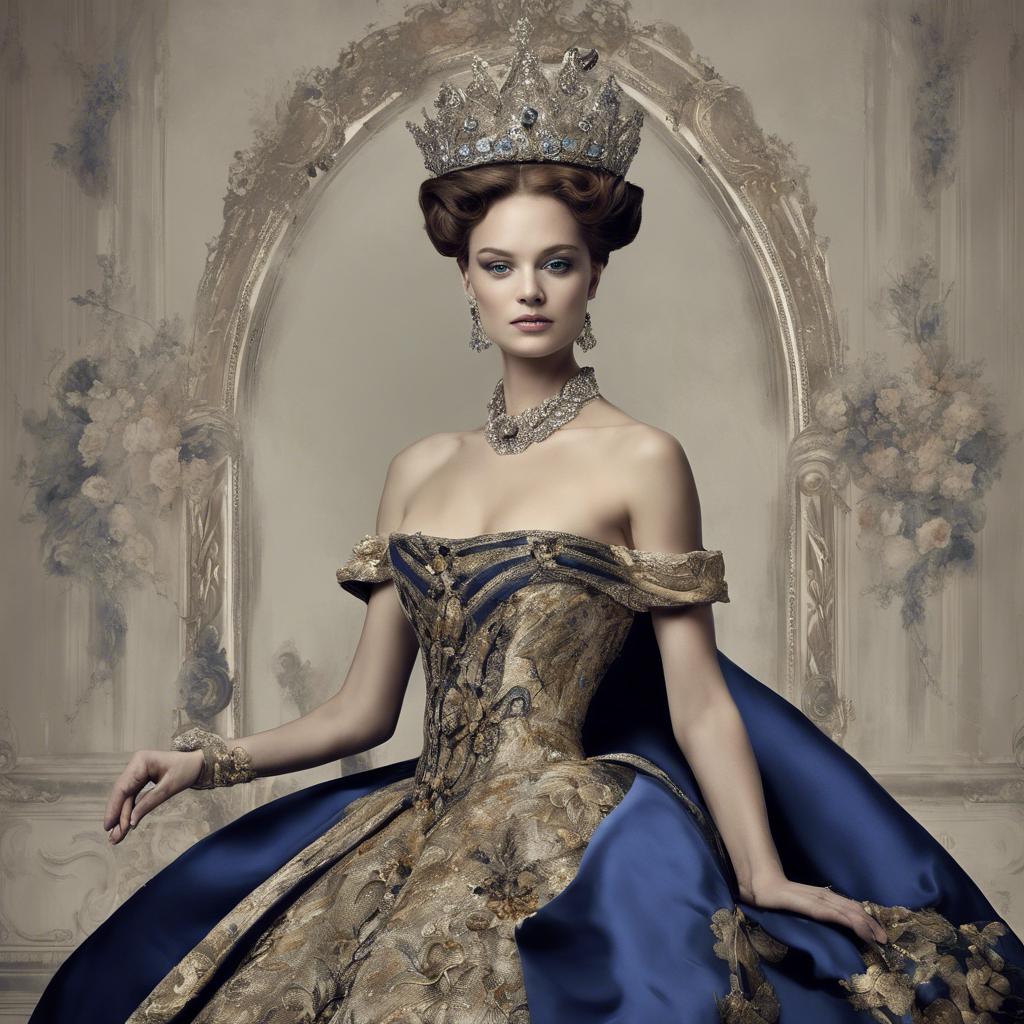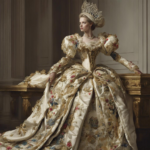During the Regency era in England, royal fashion underwent significant changes, reflecting the evolving tastes and social norms of the time. This period, spanning from 1811 to 1820, was marked by extravagant gowns, elaborate hairstyles, and ornate accessories that captured the essence of high society. In this article, we will explore the nuances of Regency era royal fashion and the impact it had on the world of haute couture.
Step Into the World of Cheryl Bolen
Dive into the enchanting stories of love, intrigue, and elegance set in the Regency Era. Cheryl Bolen's novels offer timeless romance and captivating tales that will leave you wanting more.
Explore Cheryl Bolen's Books Now
Introduction to Regency Era Royal Fashion: An Overview of Style and Elegance
The Regency Era, spanning from 1811 to 1820, was a time of elegance and sophistication in royal fashion. During this period, fashion in the royal courts of Europe was characterized by a delicate balance of simplicity and opulence. Dresses were often made of luxurious fabrics such as silk and satin, adorned with intricate embroidery and lace details.
Key Elements of Regency Era Royal Fashion:
- Empire waistlines: Dresses featured high waistlines that sat just below the bust, creating a flattering and elegant silhouette.
- Soft, flowing fabrics: Gowns were typically made of lightweight materials that draped gracefully over the body, adding a sense of ethereal beauty.
- Regal accessories: Royal women often accessorized their outfits with elaborate jewelry, gloves, and ornate headpieces, further enhancing their regal appearance.
Popular Colors and Patterns:
- Pastel hues: Soft shades of pink, blue, and lavender were favored during the Regency Era, adding a feminine and romantic touch to royal ensembles.
- Floral prints: Delicate floral patterns were a staple of Regency fashion, bringing a touch of nature’s beauty into the royal wardrobe.
- Regency stripes: Bold, horizontal stripes in varying widths were a popular choice for royal attire, adding a sense of drama and sophistication to the overall look.
Key Elements of Regency Era Fashion: From Empire Waistlines to Elaborate Headdresses
In the Regency era, royal fashion was characterized by a combination of elegance and extravagance, with key elements that set it apart from other periods. One standout feature was the empire waistline, which was popularized by the fashion icon of the time, Empress Joséphine. This high-waisted style created a flattering silhouette that emphasized the natural curves of the body, giving a sense of grace and refinement to the wearer.
Another essential element of Regency era fashion was the intricate headdresses that adorned the heads of aristocratic women. Elaborate feathers, pearls, and jewels were often used to create these statement pieces, adding a touch of grandeur to any outfit. Headdresses were seen as a symbol of social status and were carefully crafted to complement the overall look, showcasing the wealth and sophistication of the wearer.
Accessories played a crucial role in completing the Regency royal ensemble. Gloves, fans, and parasols were essential items that added a touch of elegance to every outfit. Delicate lace gloves were a common accessory, while intricately designed fans were used not only to beat the heat but also as a fashion statement. Parasols were both practical and fashionable, providing protection from the sun while adding a pop of color to the overall look.
Luxurious Fabrics and Accessories: A Closer Look at the Materials and Finishing Touches
During the Regency era, royal fashion was characterized by luxurious fabrics and accessories that were meticulously chosen to reflect the status and wealth of the wearer. Silks, satins, and velvet were commonly used for gowns and coats, while fine lace and intricate embroidery were added as finishing touches to enhance the overall opulence of the garments.
Fabrics:
- Silk: Known for its lustrous sheen and soft texture, silk was the fabric of choice for elaborate evening gowns and formal attire.
- Satin: Smooth and shiny, satin was often used for lining garments or creating decorative trims and details on dresses.
- Velvet: Luxuriously plush and elegant, velvet was favored for outerwear such as cloaks and capes to add warmth and sophistication to the ensemble.
Accessories:
- Lace: Delicate and intricate lace was used to embellish collars, cuffs, and hems of garments, adding a touch of femininity and refinement to the overall look.
- Embroidery: Intricately stitched patterns and motifs were meticulously added to garments to showcase the craftsmanship and elevate the design aesthetic.
- Jewelry: Sparkling gemstones, pearls, and precious metals were worn as accessories to complement the lavish fabrics and enhance the overall regal appearance.
Tips for Modern Replication: How to Incorporate Regency Era Fashion into Contemporary Wardrobes
Incorporating elements of regency era fashion into contemporary wardrobes can add a touch of elegance and sophistication to your everyday look. One key aspect of regency fashion is the emphasis on high-waisted silhouettes, which can be easily incorporated into modern outfits through the use of high-waisted pants or skirts.
Another characteristic of regency era fashion is the use of delicate fabrics such as silk and muslin. To add a regal touch to your wardrobe, consider incorporating these fabrics into your outfits through blouses, dresses, or accessories. Additionally, incorporating lace or ruffle detailing can further enhance the regency aesthetic.
Accessories played a significant role in regency era fashion, with gloves, bonnets, and parasols being popular choices among the fashionable elite. To bring a touch of regency elegance to your contemporary wardrobe, consider incorporating these accessories into your outfits. For example, pairing a modern dress with a regency-inspired bonnet can instantly elevate your look and transport you back to the regency era.
In Retrospect
the regency era was a time of elegance and refinement in royal fashion. The elaborate gowns, intricate hairdos, and opulent accessories worn by the royalty of this period continue to inspire designers and fashion enthusiasts today. The attention to detail and craftsmanship seen in regency era fashion truly epitomizes the sense of grandeur and sophistication that defined the era. As we look back on these historical styles, we are reminded of the beauty and grace that characterized the regency era royal fashion.


